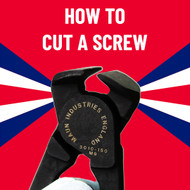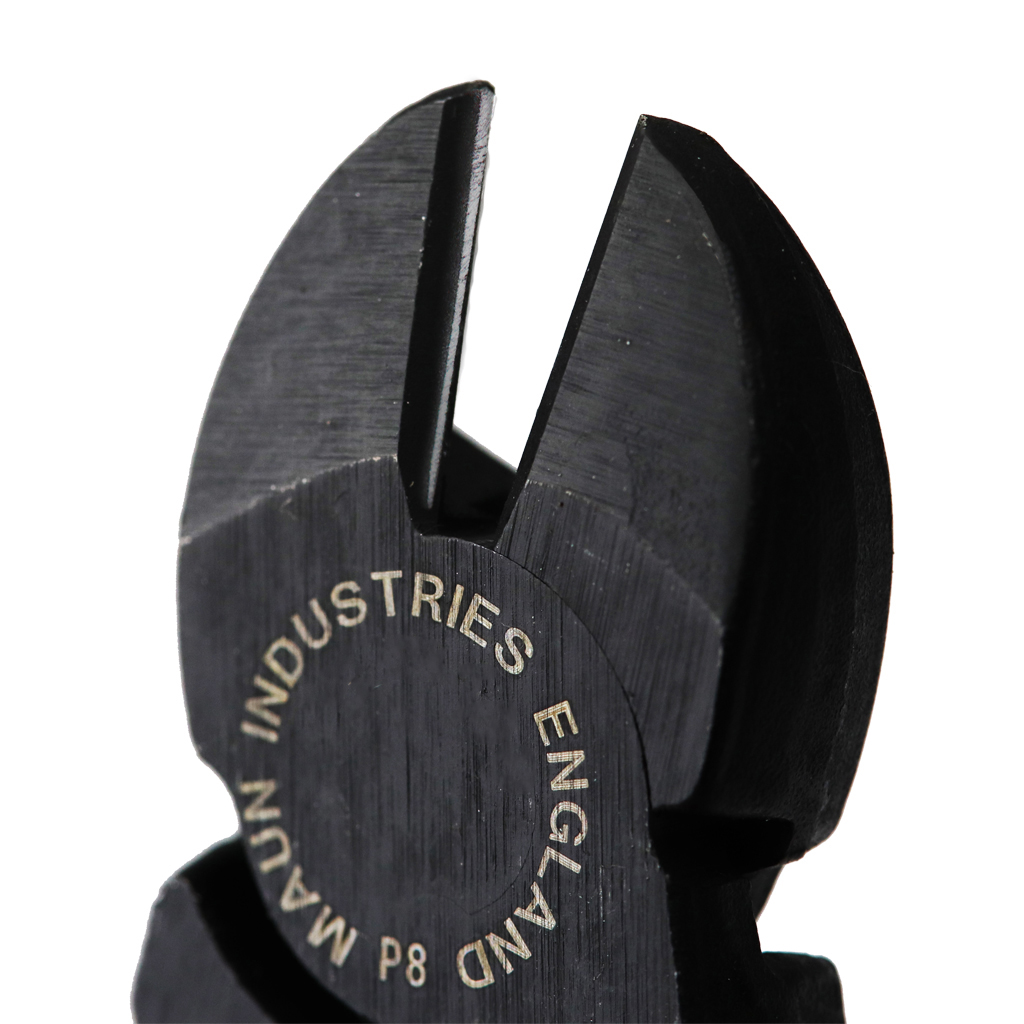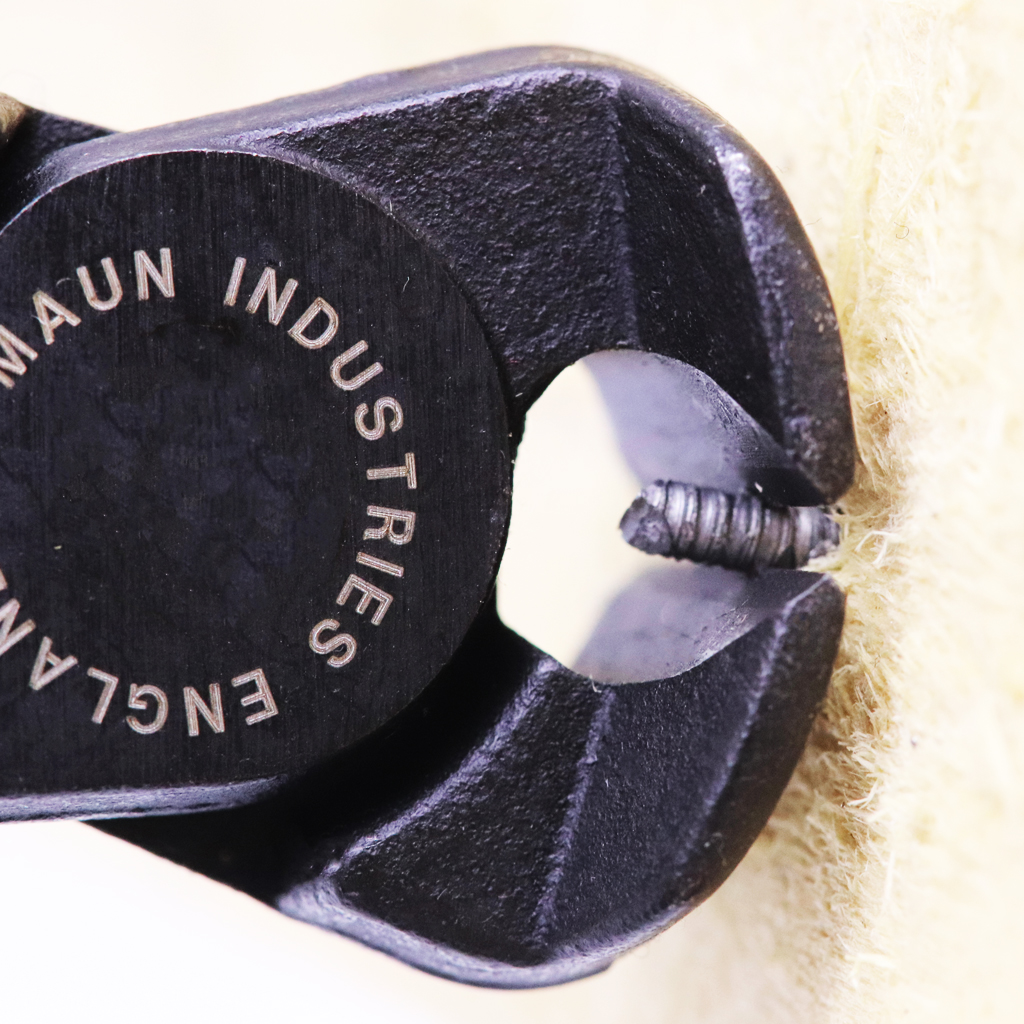How To Cut A Screw
3rd Sep 2024
The best way to cut screws depends on the screw size and material. For small to medium screws, choose wire cutters or a hacksaw, but for larger and tougher screws, use an angle grinder with a cutting wheel.
Why cut a screw?
There are several reasons it’s sometimes good to cut through an existing screw:
- Custom Fit for Specific Applications - When you need exact length specifications for a screw, this can give you the perfect size.
- Enhanced Aesthetics and Professionalism - You can’t leave part of a screw sticking out of a project – it is unsafe and unsightly, not to mention unprofessional. Screwing it in too far is also not a practical option. Trimming screws is, therefore, the best solution when there isn’t a size that suits a precise need.
- Reduced Inventory Costs - Rather than buy a full box of screws when you only need a few – or even just one – why not cut a longer screw down and save yourself the cost and space of having to stock many different sizes.
Which tool is best? Depends on the size
For Small to Medium-Sized Screws (Up to 3.0 mm Diameter) - Wire Cutters
Strong wire cutters can cut through small to medium-sized screws with a clean finish and without damaging the threads.
For delicate and fine finish work like electronics and fine woodworking, these cutters are ideal.
We recommend the Maun Diagonal Cutting Plier For Hard Wire 160 mm for this, as it’s designed to cut through hard metal.
How to Use Wire Cutters to Cut a Screw:
- Measure and Mark: Use a permanent marker to mark the precise length needed.
- Secure the Screw: Use a vice or clamp to hold the screw securely in place.
- Position the Tool: Line up the cutters where you made the mark.
- Cut the Screw: Ensure the cutters are at the right angle. Firmly squeeze the handles.
- File the Edges: Smooth rough edges (if any) with a metal file.
Medium-Sized Screws (Up to 2.5 mm Diameter) for a Clean Cut - End-Cutting Pliers
Great for medium-sized screws in confined places, these pliers give accurate control and a smooth finish, ideal for finishing off important projects.
We recommend the Maun End Cutting Plier For Hard Wire 150 mm for this, as the induction hardened cutting edges are designed for durability against hard metal.
How to Use End-Cutting Pliers to Cut a Screw:
- Mark the Length: Use a permanent marker to mark the precise length needed.
- Secure the Object: Use a vice or clamp to hold the object securely in place.
- Position the Pliers: Line up the Maun end cutters where you made the mark.
- Cut the Screw: Ensure the cutters are at the right angle, then firmly squeeze the handles.
- Smooth the Edges: Smooth rough edges (if any) with a metal file.
Larger Screws and Tougher Materials - Angle Grinder with Cutting Wheel
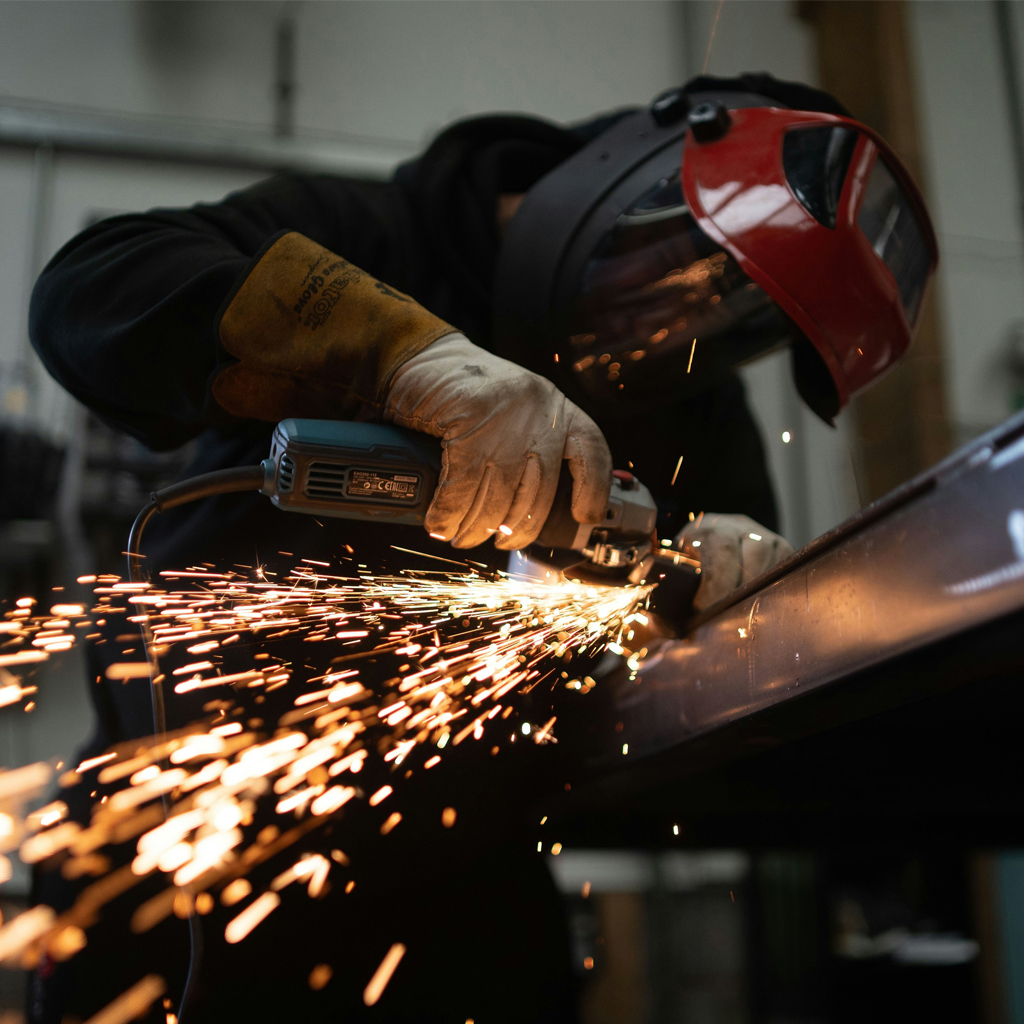
For large screws, pieces of metal, or hardwood, and angle grinder in skilled hands can make quick work of tough cuts.
How to Use an Angle Grinder to Cut a Screw:
- Prepare the Grinder: Attach the appropriate metal cutting wheel.
- Mark the Screw: Use a permanent marker to mark the precise cut placement.
- Secure the Screw: Use a vice or clamp to hold the screw securely in place.
- Safety Gear: Wear safety equipment, including goggles, gloves, and ear protection.
- Cut the Screw: Turn on the grinder. Carefully cut along the marked line. Maintain a steady hand for a straight cut. Don’t rush.
- Finish the Edge: Smooth any rough edges with a file or grinder disc.
Various Screw Sizes and Materials – Hacksaw
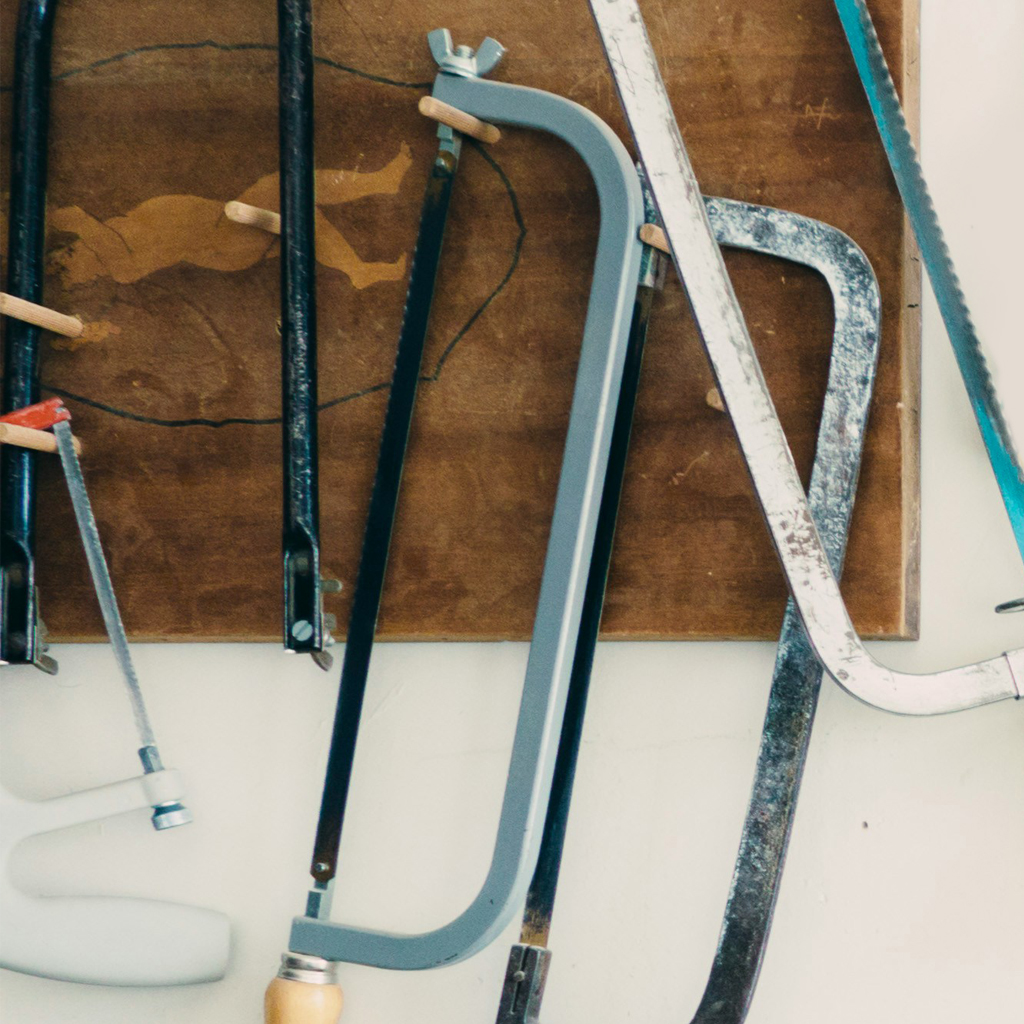
A hacksaw is a versatile cutter for various screw sizes and materials.
When an electric tool isn’t practical, and your cutters aren’t working, the hacksaw can give you a straight, clean cut in exchange for a little personal effort.
How to Use a Hacksaw to Cut a Screw:
- Mark the Length: Use a permanent marker to mark the precise cut.
- Secure the Screw: Use a vice or clamp to hold the screw securely in place.
- Position the Hacksaw: Line up the blade with the place you marked.
- Cut the Screw: Without rushing, saw steadily through the screw, maintaining even pressure and rhythm.
- File the Edges: Smooth rough edges (if any) with a metal file.
Heavy-Duty Screws and Bolts - Bolt Cutters
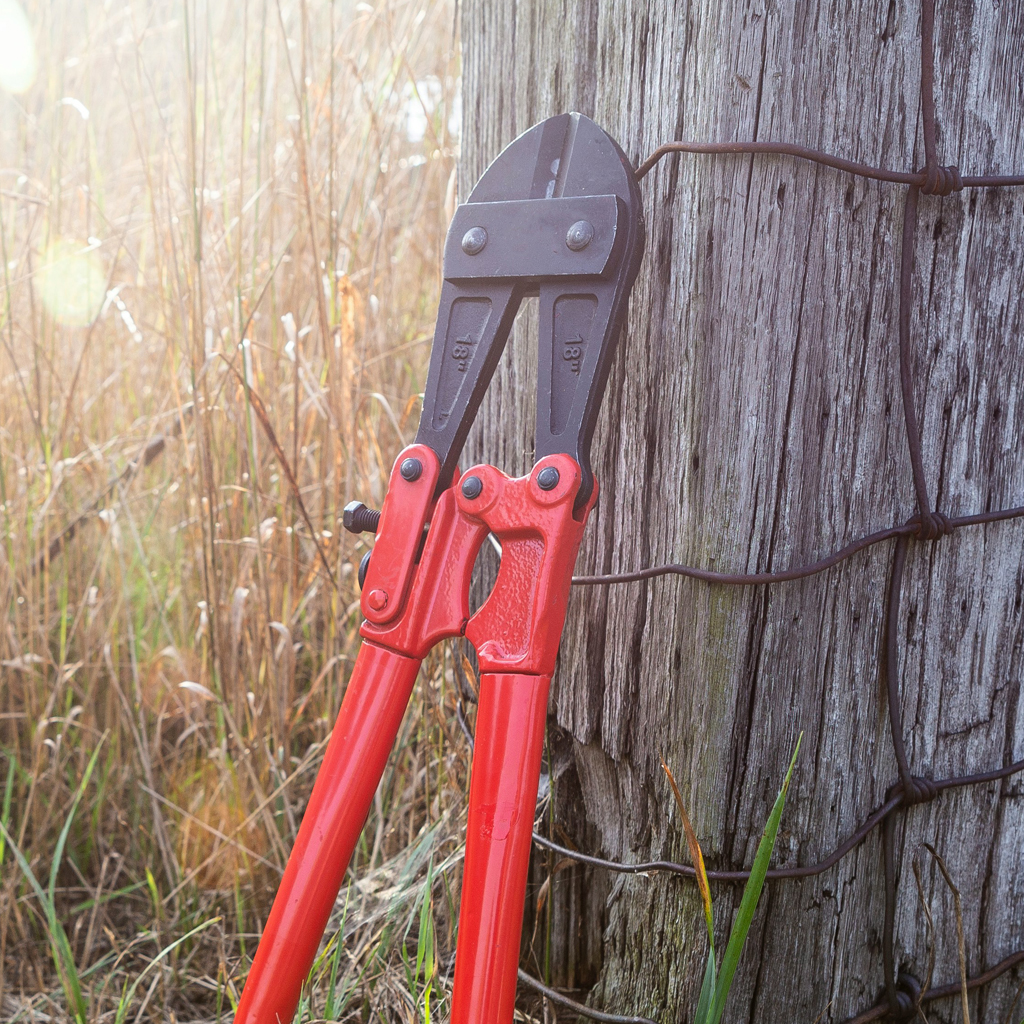
Great for cutting heavy-duty screws, bolts, and similar metal pieces, bolt cutters are common tools on construction sites and in automotive shops. They can accommodate diameters of 5mm and above with ease, though you’ll often need to clean up the edges with a file for a clean finish.
How to Use Bolt Cutters to Cut a Screw:
- Measure and Mark: Use a permanent marker to mark the precise cut placement.
- Secure the Screw: Use a vice or clamp to hold the screw securely in place.
- Position the Bolt Cutters: Line up the cutter blades with the place you marked.
- Cut the Screw: Ensure the cutters are at the right angle. Firmly squeeze the handles.
- File the Edges: Finish rough edges with a metal file.
Safety Precautions
- Wear Safety Gear: Always wear safety gear, such as goggles, gloves, and appropriate clothing. Flying debris and sharp edges can be hazards.
- Secure the Screw: Ensure the screw is clamped firmly in place.
- Use Tools Properly: Follow manufacturer instructions to ensure you use each tool properly and safely.
- Maintain Tools: Maintain your tools regularly according to manufacturer instructions.
Troubleshooting Common Issues
- Rough Edges: Smooth out rough edges with a metal file or grinder.
- Crooked Cuts: This may occur if the screw is not clamped securely enough, or if the tool is not properly aligned before cutting.
- Tool Slipping: Prevent this by keeping the tool blades and edges sharp, clean, and in good order.
Final Summary
It’s simple to cut a screw safely if you have the right equipment, with wire cutters being a simple option for most screw types.
If you have any feedback or improvements you’d recommend for this post, we’d love to hear from you.
This post was brought to you by Maun, experts in tools since 1944.
Scroll back up to re-read any key points, browse our related pages below, or contact us with any questions:

